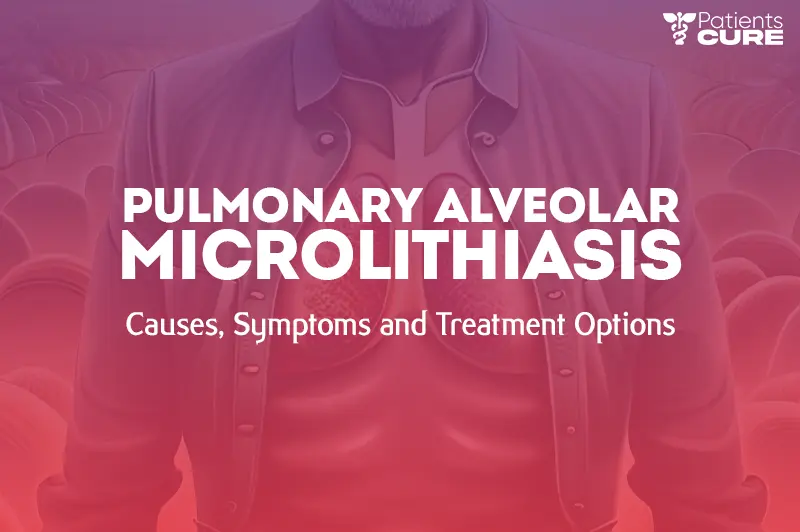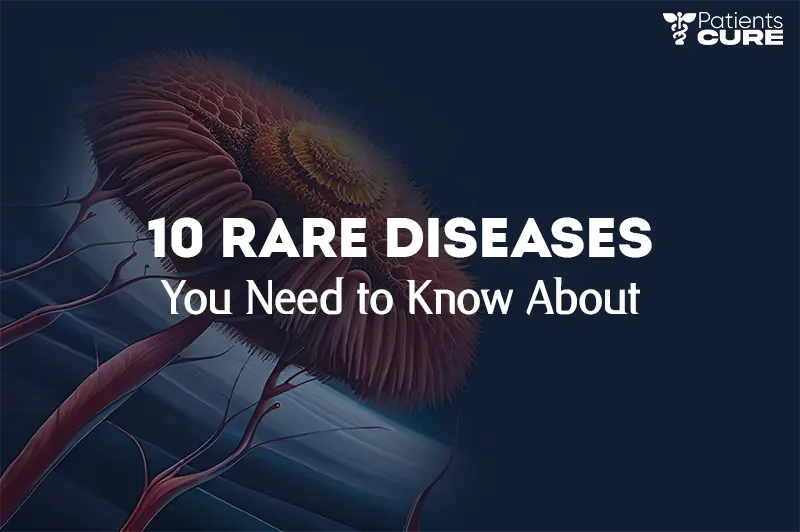Now Reading: Pulmonary Alveolar Microlithiasis: Symptoms, Causes, Diagnosis & Treatment
- 01
Pulmonary Alveolar Microlithiasis: Symptoms, Causes, Diagnosis & Treatment
Pulmonary Alveolar Microlithiasis: Symptoms, Causes, Diagnosis & Treatment

Pulmonary Alveolar Microlithiasis (PAL) is a rare lung disorder that affects the tiny air sacs in the lungs known as alveoli. This condition is characterized by the accumulation of tiny calcium phosphate stones, called microliths, in the alveoli, which can lead to breathing difficulties, coughing, and chest pain. Although it is a rare condition, it can have a significant impact on an individual’s quality of life. In this article, we will explore the causes, symptoms, diagnosis, and treatment options for PAL.
What are the Causes and Risk Factors of Pulmonary Alveolar Microlithiasis
The exact cause of pulmonary alveolar microlithiasis (PAL) is still unknown. However, researchers believe that it is caused by genetic mutations that result in the accumulation of calcium deposits in the lungs. This can lead to the formation of small stones or microliths within the air sacs of the lungs, which can interfere with breathing and lung function over time.
There is also evidence to suggest that certain environmental factors, such as exposure to dust and pollutants, may exacerbate the condition. However, more research is needed to fully understand the relationship between these factors and the development of PAL.
In terms of risk factors, PAL is a rare genetic disorder that is most commonly seen in individuals with a family history of the condition. It is more common in certain populations, such as those of Italian or Japanese descent. Additionally, the condition is most often diagnosed in individuals between the ages of 20 and 50, although it can occur at any age.
What are the Common Symptoms of Pulmonary Alveolar Microlithiasis?
Some common symptoms of pulmonary alveolar microlithiasis (PAL) are:
- Shortness of breath during physical activity, and in severe cases, even while resting
- Dry cough that does not go away
- Chest pain or discomfort
- Fatigue and weakness
- Rapid breathing
- Weight loss and loss of appetite
- Clubbing of fingers and toes (enlarged fingertips with nails that curve around the ends)
- Wheezing and crackling sounds in the lungs during breathing.
It is important to note that not all people with PAL experience all of these symptoms, and some may have no symptoms at all. If you experience any of these symptoms, especially if they persist or worsen over time, it is important to see a doctor for proper evaluation and diagnosis.
Diagnosis & Treatment Options for Pulmonary Alveolar Microlithiasis
To accurately diagnose PAL, imaging tests are crucial. The following are the most commonly used medical imaging tests for PAL diagnosis:
- X-ray: A chest X-ray is often the first test performed to detect lung abnormalities. In PAL patients, X-rays may show a “sandstorm” appearance in the lungs due to the presence of tiny calcified nodules.
- High-resolution CT (HRCT): HRCT is a more detailed imaging test that can identify the extent and severity of calcifications in the lungs. HRCT can also help differentiate PAL from other lung diseases.
Once a PAL diagnosis is confirmed, treatment options may depend on the severity of the disease and the symptoms that the patient experiences. Currently, there is no cure for PAL, but there are several treatments that can help manage symptoms and slow the progression of the disease, including:
- Bronchial hygiene therapy: This therapy involves breathing exercises and physical therapy techniques to help clear mucus from the airways and improve lung function.
- Corticosteroids: These anti-inflammatory medications can help reduce inflammation in the lungs and improve breathing in some PAL patients.
- Lung transplantation: In severe cases of PAL, lung transplantation may be the only option for treatment. However, this option carries significant risks and is only recommended for patients with advanced disease and limited life expectancy.
It is essential to work closely with a healthcare provider who has experience managing PAL to determine the best course of treatment.
Living with Pulmonary Alveolar Microlithiasis – Tips & Strategies
Living with a rare disease like Pulmonary Alveolar Microlithiasis (PAL) can be challenging, but it’s important to remember that you’re not alone. Here are some tips and strategies that can help you manage your condition and live a fulfilling life:
- Stay informed: Knowledge is power, so make sure to educate yourself about your condition. Stay up to date on the latest research and treatment options by consulting with your doctor and attending support groups.
- Follow your treatment plan: Stick to your prescribed treatment plan, including medication, oxygen therapy, and regular check-ups with your doctor. These measures can help slow the progression of PAL and manage symptoms.
- Manage symptoms: Depending on the severity of your PAL, you may experience shortness of breath, chest pain, and coughing. Practice breathing techniques, such as pursed lip breathing, to ease shortness of breath. Take pain medication as prescribed by your doctor and use heating pads or hot water bottles to alleviate chest pain.
- Exercise regularly: Exercise can help improve lung function and overall health. Consult with your doctor to determine a safe and effective exercise plan that meets your needs.
- Maintain a healthy lifestyle: Eat a balanced diet, get enough sleep, and avoid smoking and exposure to secondhand smoke, which can exacerbate your symptoms.
- Seek emotional support: Coping with PAL can be emotionally challenging. Seek support from loved ones, join a support group, or talk to a mental health professional to help manage stress and anxiety.
Remember, living with PAL requires patience and persistence, but it’s important to stay positive and focus on the things you can control. By taking care of yourself and seeking support, you can lead a fulfilling life with this rare disease.




















